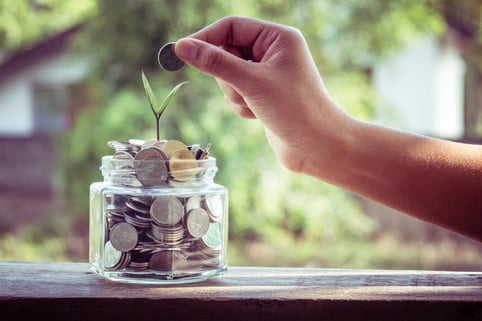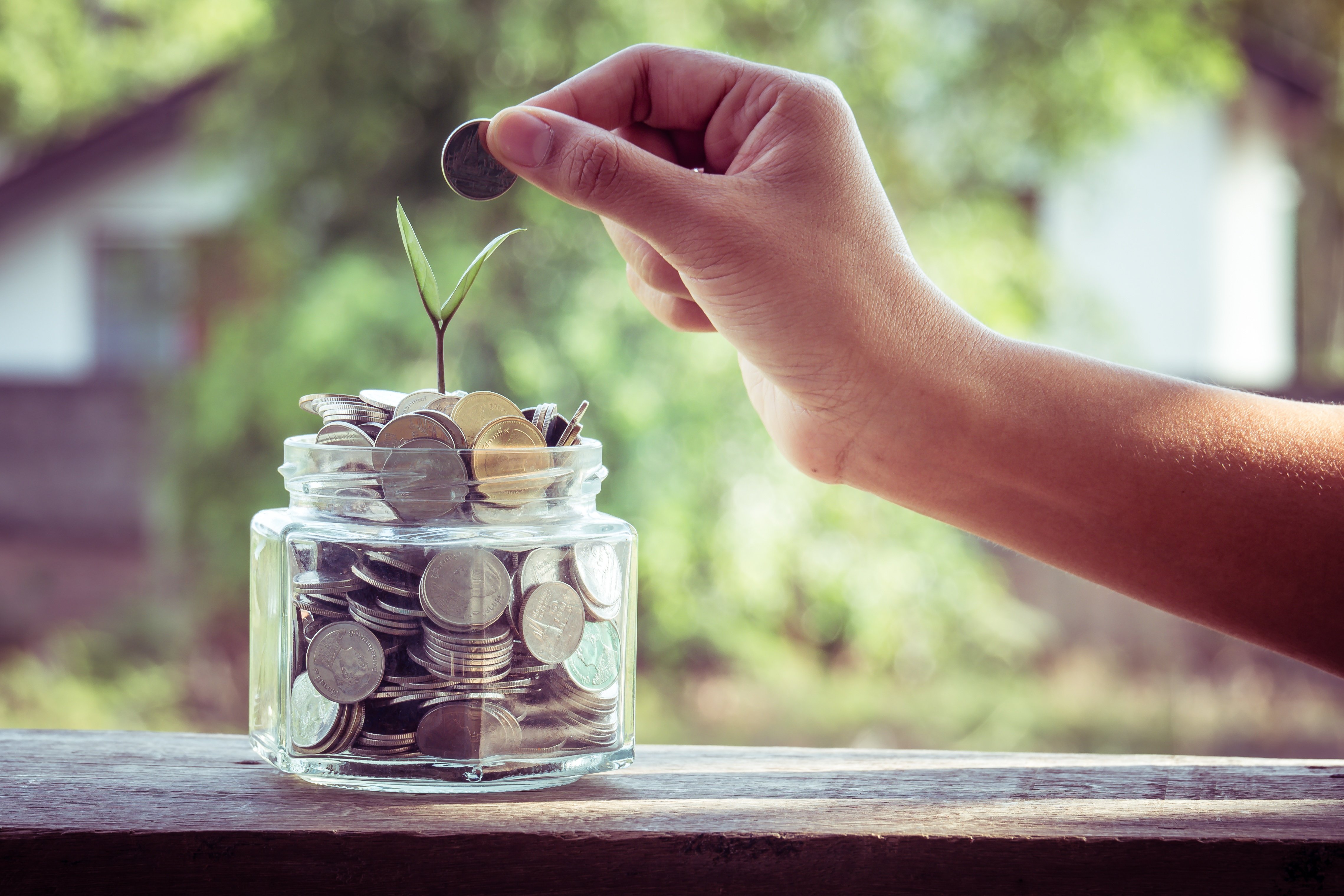 You’ve convinced your employer to invest in a green roof, but the budget is far less than what you had anticipated. Should you scrap the project altogether? Or should you make your priorities within the budget you were given? The correct answer is definitely the latter. Here’s how you can make that happen:
You’ve convinced your employer to invest in a green roof, but the budget is far less than what you had anticipated. Should you scrap the project altogether? Or should you make your priorities within the budget you were given? The correct answer is definitely the latter. Here’s how you can make that happen:
Extensive vs. Intensive
When you go to a restaurant, you don’t have to buy the most expensive thing on the menu in order to enjoy your meal. Likewise, you don’t have to replicate a rainforest in order to reap the benefits sustainable roof systems can offer. Any green improvements will add to the life of your roof and decrease your operating costs. You just have to choose an extensive green roof over an intensive one. They’re both green, but there are a few important differences.
- Intensive green roofs have deeper soil, usually eight to 24 inches. The soil base for extensive roofs is between 2-6 inches.
- Intensive green roofs, because of the deeper soil base, support a wider variety of plant life – up to and sometimes including trees. Alternately, an extensive roof is better suited for plants that can thrive with limited water, low nutrients, and shallow roots, like grasses, mosses, and wildflowers.
- Intensive roofs also require more structural support due to the deeper soil base and larger plants. The plants on extensive roofs, on the other hand, often grow in modular containers that can be moved for inspection and maintenance.
Other Cost-Saving Tips
In addition to choosing an extensive roof over an intensive roof, there are other things you can do to fit within the constraints of a tight budget.
- Go “green” on a smaller portion of the roof. Sure, it reduces the benefits of a green roof, but it also dramatically decreases the cost. And enjoying some of the benefits of green roofing is better than enjoying none.
- Turn an existing roof into a green roof. You don’t necessarily have to replace your existing roof to go green. In many cases, a green roof can be installed on top of your existing roof, provided that the underlying structure and the roof membrane are in good condition. The roof’s load-bearing capacity is also a factor. Making these determinations before you begin will help prevent repair and maintenance costs later in the life of the green roof.
- Thoroughly inspect your existing roof. Before you commit resources to a green roof, make sure your building is a good candidate. It’s important to make sure that both the roof structure and the surface membrane are in good condition.
- Consult with your roofing manufacturer before you begin. The financial benefits of a green roof could easily be wiped out if you unintentionally do something that voids your roof’s warranty. However, most green roofs are compatible with existing warranties, provided they’re properly installed. Involving your roofing company on the front end eliminates any unpleasant surprises down the road.
- Choose plants that require little maintenance. High-maintenance plants can be expensive, both in terms of water and in the manpower it takes to keep them properly irrigated. The additional foot traffic can also impact the life of your roof. Low-maintenance plans are a great way to go green on a budget.
The benefits green roofs can offer encompass many of the factors that are important to commercial buildings: they’re aesthetically pleasing, they’re environmentally friendly, they reduce operating costs, and they extend the life of your roof. The great thing is that a green roof doesn’t have to be an all-or-nothing project. Anything you do to “green” your roof, even within a budget, will provide important benefits.





